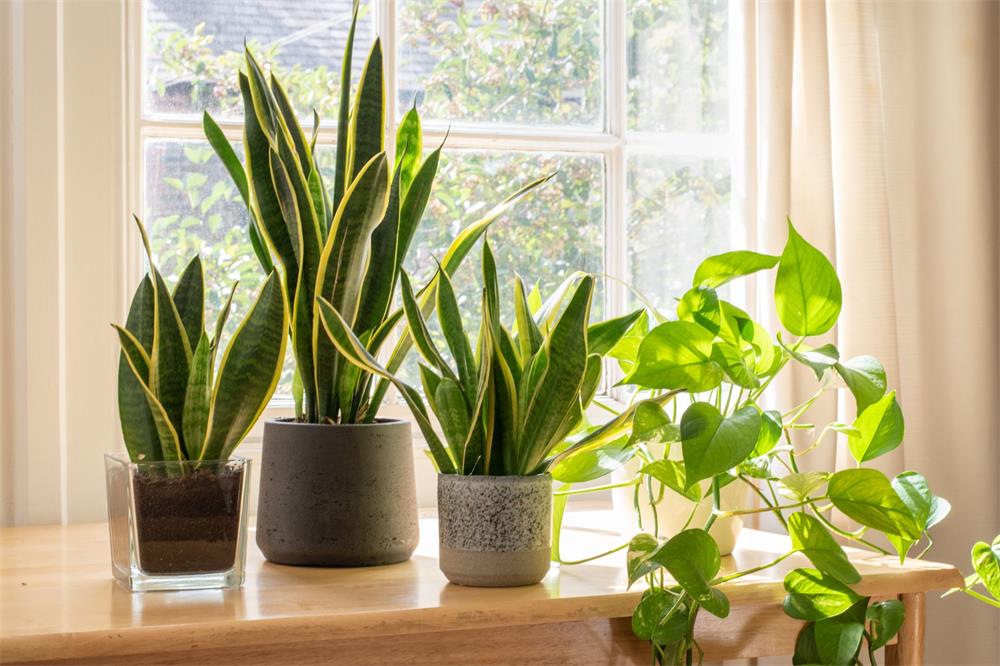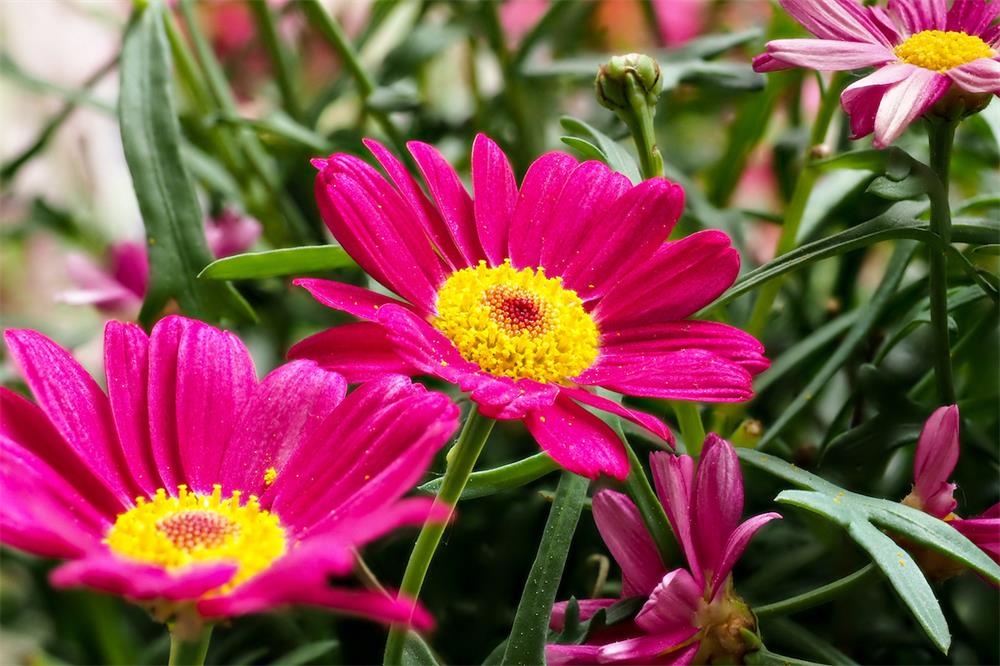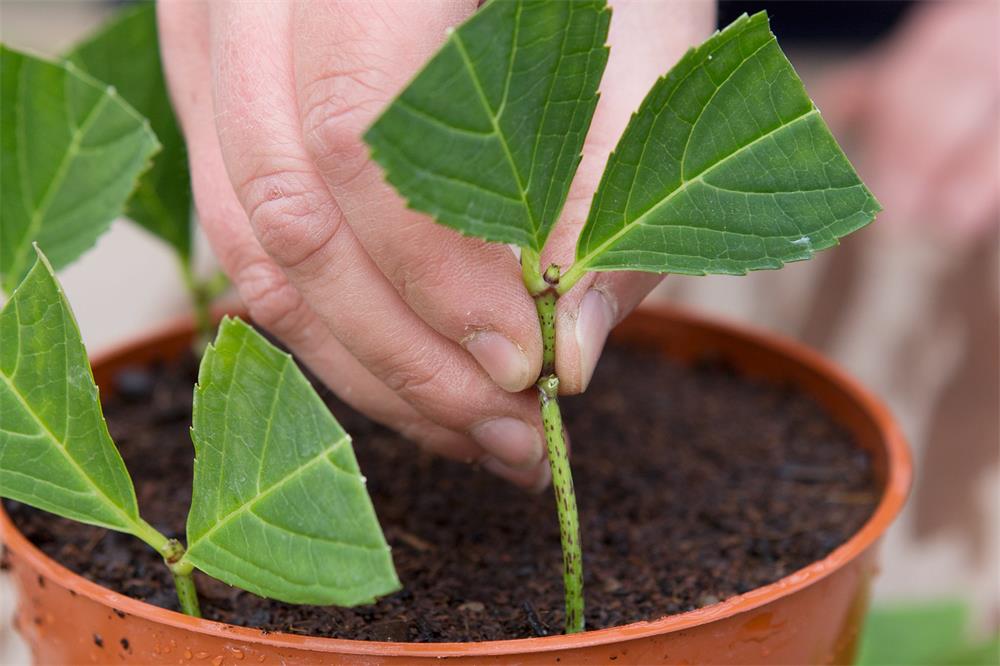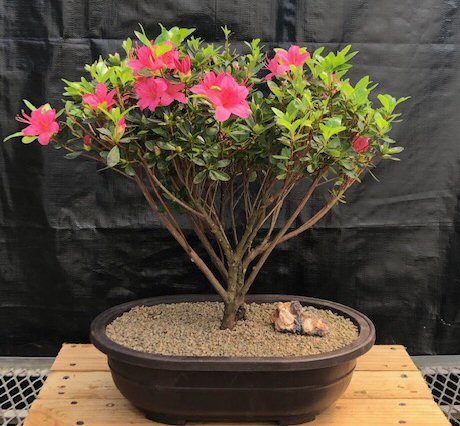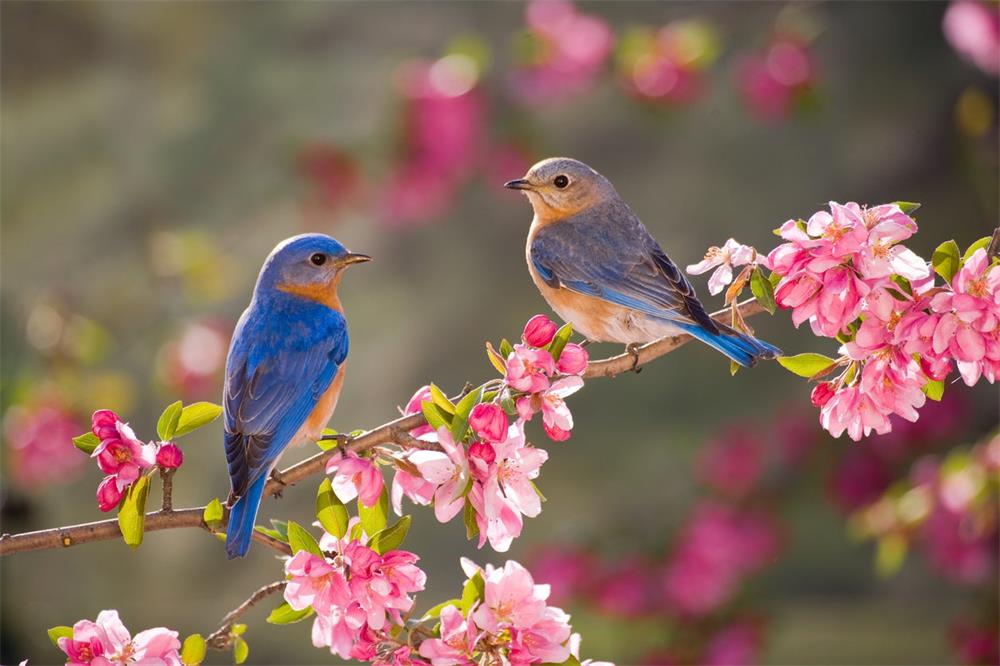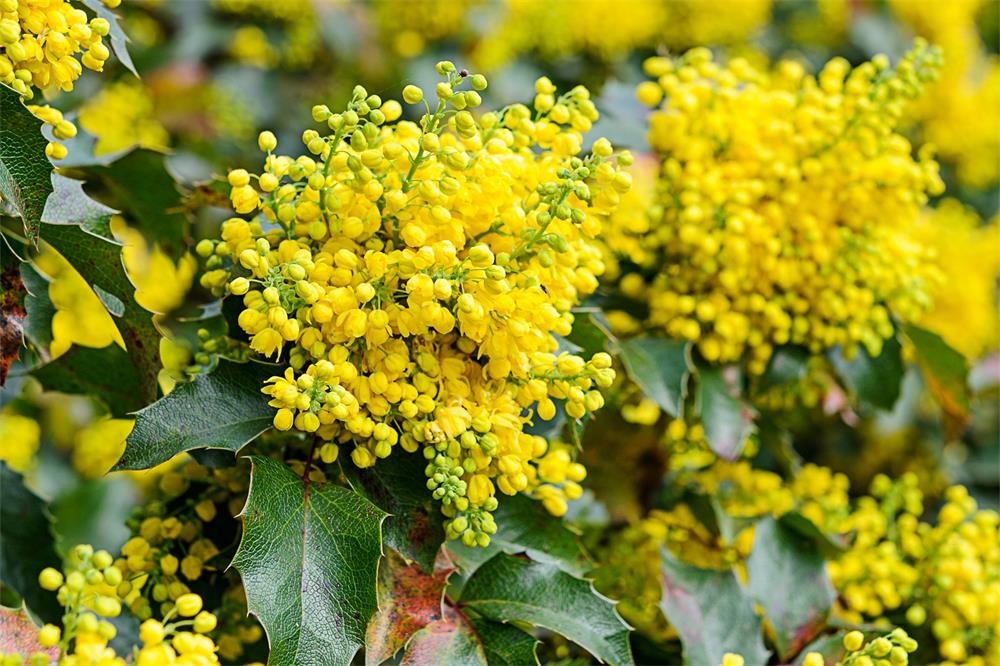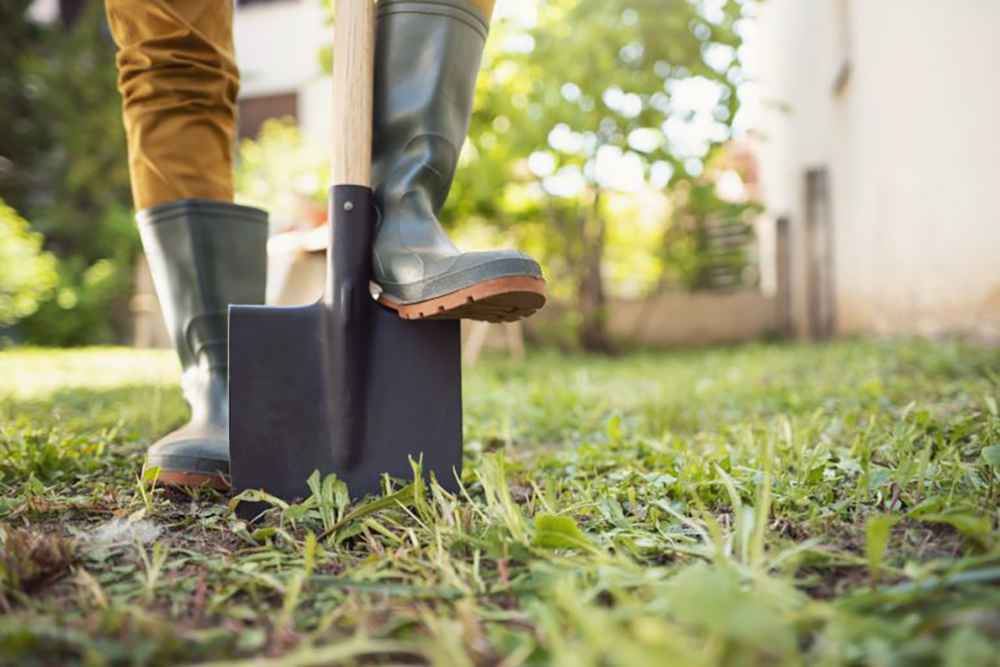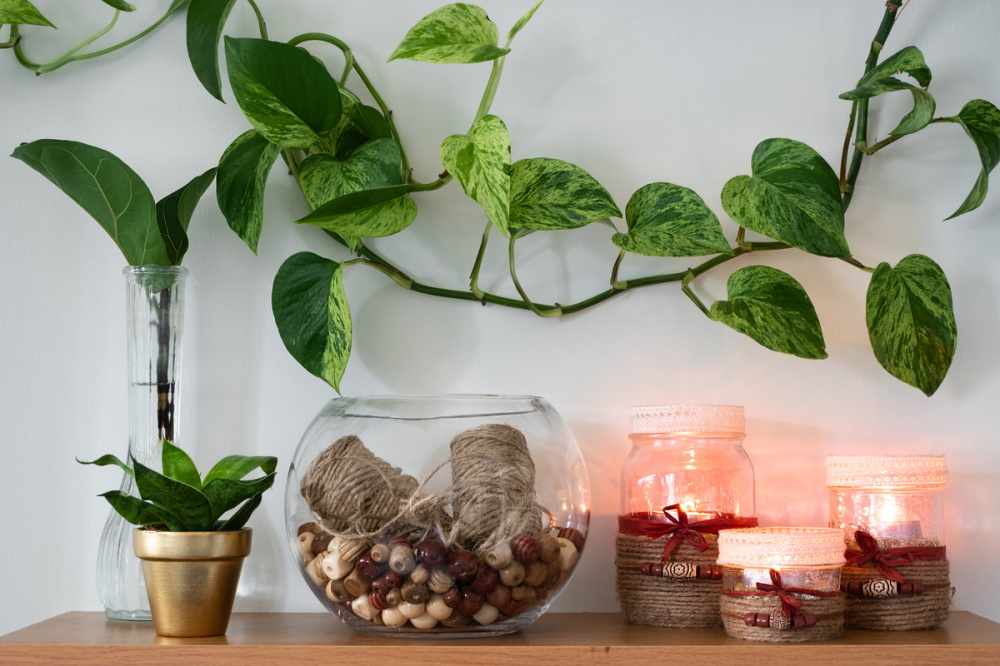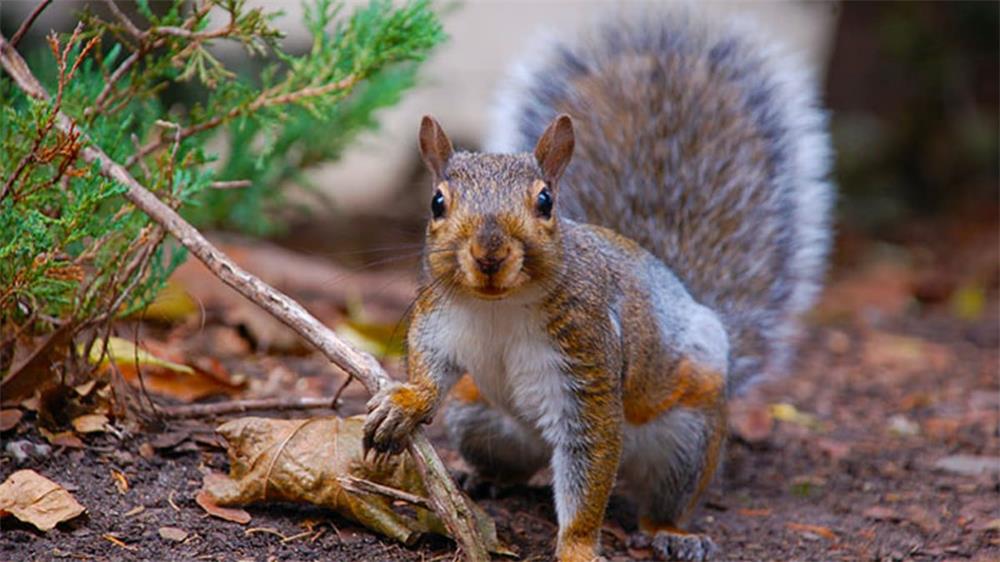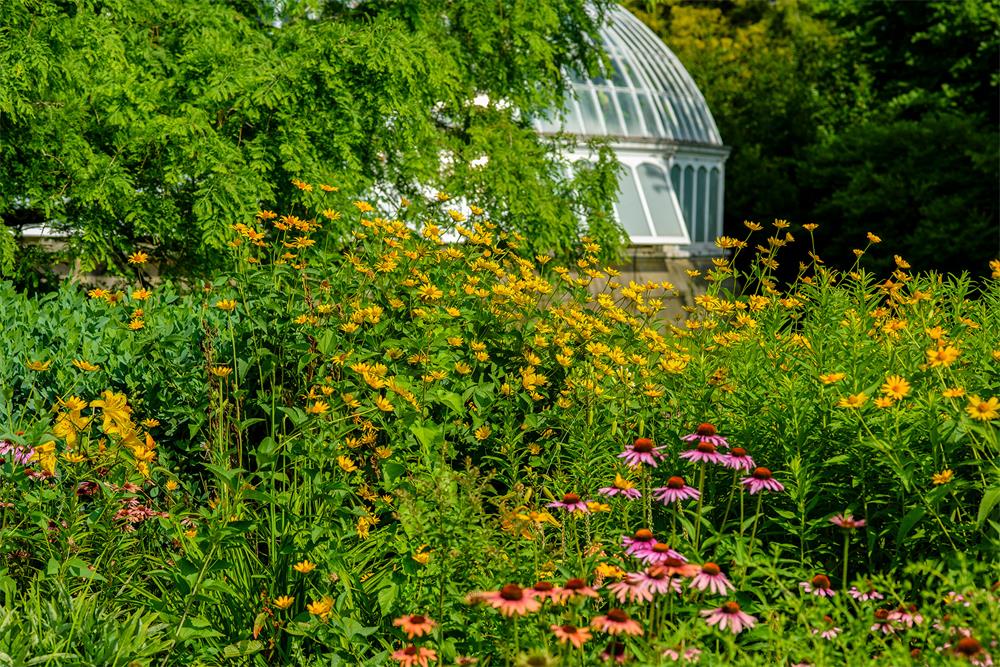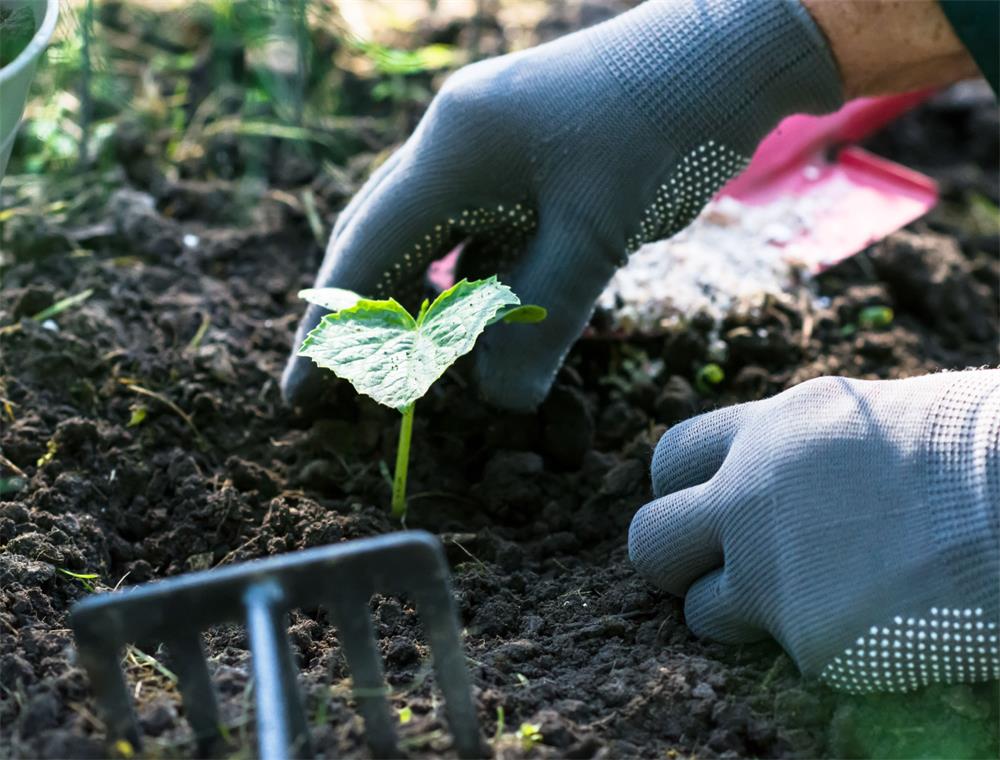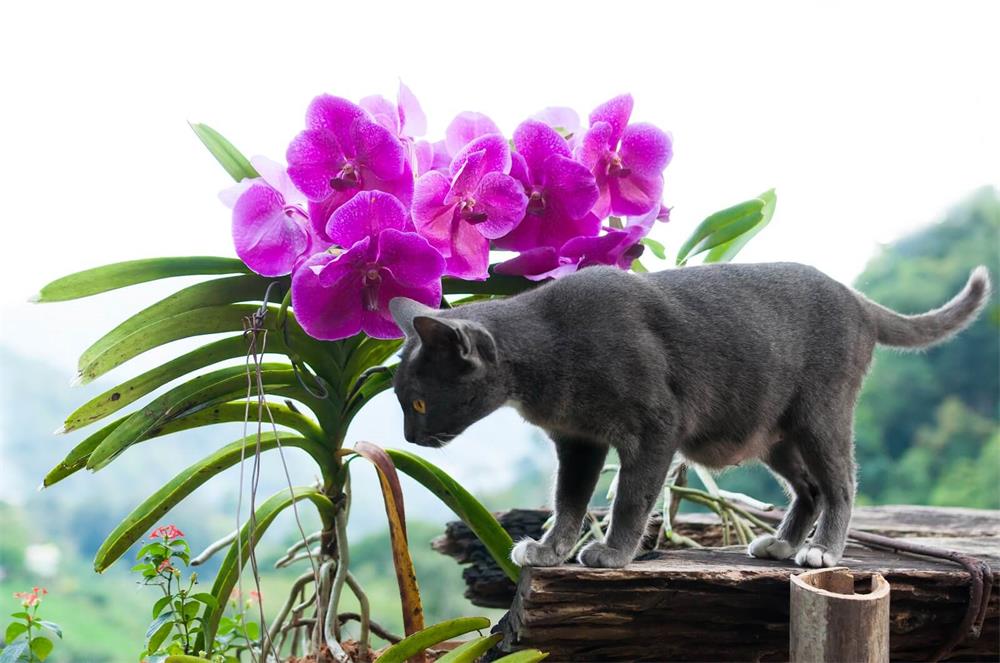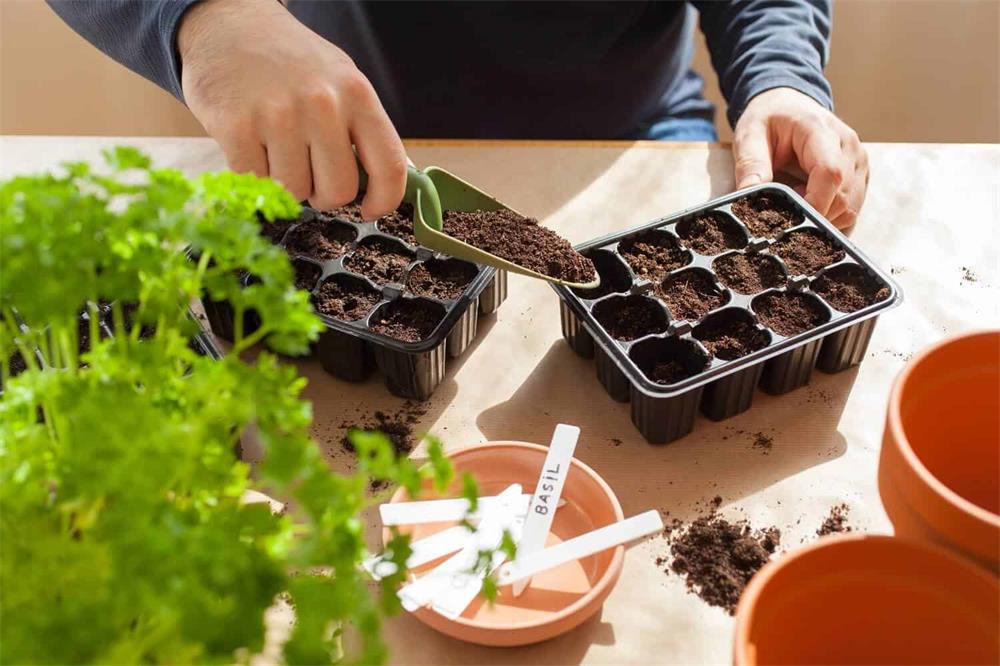
Table of Contents
The hackberry tree (Celtis occidentalis) is a hardy and adaptable deciduous tree that can grow in various soils and climates. It is native to North America and belongs to the elm family (Cannabaceae). It is also known by other names such as nettle tree, sugarberry, beaver wood, and northern hackberry.
The hackberry tree has several features that make it attractive for landscaping and wildlife. It has a round-topped crown with pendulous branches that provide shade and shelter. It has a distinctive bark that is corky and warty at the base and smooth and gray on the upper branches. It has serrated leaves that are asymmetrical and glossy. It produces small purple fruits (drupes) that are edible for humans and animals. The fruits persist on the tree until late winter and attract many birds such as cardinals, robins, waxwings, and thrashers. The wood of the hackberry tree is light-colored and durable, and can be used for boxes, crates, and firewood.
The hackberry tree can grow up to 60 feet tall and 45 feet wide in optimal conditions. It can tolerate poor soil, drought, pollution, wind, and short-term flooding. It grows at a medium to fast rate, adding 13 to 24 inches of height per year. However, it may establish slowly at first due to its dense root system. The hackberry tree is also susceptible to a common disease called hackberry nipple gall, which causes bumps and discoloration on the leaves.
If you want to grow a hackberry tree in your yard or garden, here are some tips to help you succeed.
Planting
- Choose a location that has full sun or partial shade, and enough space for the tree’s mature size.
- Prepare the soil by removing weeds and rocks from a 10-foot radius around the planting site.
- Dig a hole that is twice as wide and as deep as the root ball of the tree.
- Place the tree in the hole and spread out the roots gently.
- Fill the hole with soil and water well.
- Add a layer of mulch around the base of the tree to conserve moisture and prevent weeds.
Watering
- Water the tree regularly during the first year of establishment, especially during dry periods.
- After the first year, water the tree only when the soil feels dry to a depth of 2 inches.
- Avoid overwatering or flooding the tree, as this can cause root rot or fungal diseases.
Fertilizing
- Fertilize the tree once a year in early spring with a balanced fertilizer (10-10-10) or an organic compost.
- Follow the label instructions for the amount and method of application.
- Do not fertilize the tree after midsummer, as this can stimulate new growth that may not harden off before winter.
Pruning
- Prune the tree in late winter or early spring before new growth begins.
- Remove any dead, diseased, damaged, or crossing branches.
- Thin out any crowded or weak branches to improve air circulation and light penetration.
- Shape the crown by cutting back any long or irregular branches.
- Avoid pruning more than 25% of the tree’s canopy in one year.
Pests and Diseases
- Inspect the tree regularly for signs of pests or diseases such as insects, mites, fungi, bacteria, or viruses.
- Treat any infestations or infections promptly with appropriate methods such as insecticidal soap, horticultural oil, fungicide, or bactericide.
- Follow the label instructions for the dosage and frequency of application.
- Avoid using chemical pesticides that may harm beneficial insects or birds.
The hackberry tree is a versatile and resilient tree that can enhance your landscape with its beauty and benefits. With proper care and maintenance, you can enjoy this tree for many years to come.




